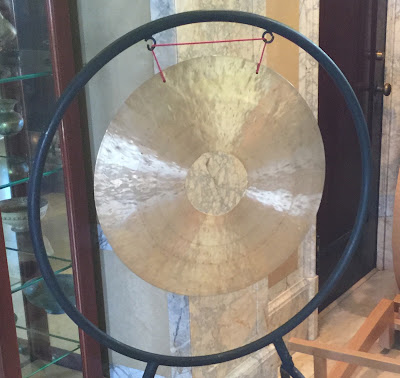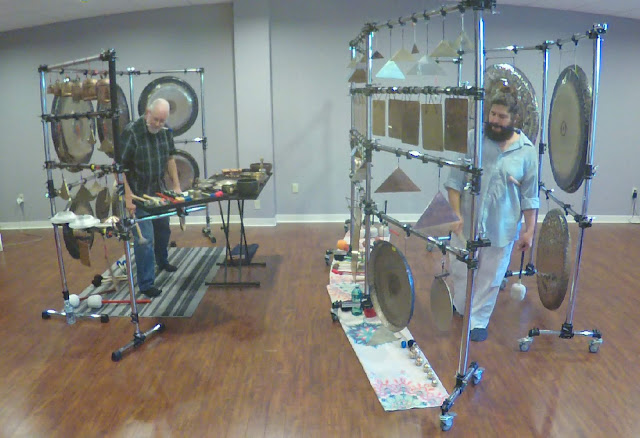Gong Hacks: #1

Gong Hacks Over the course of my career, I've come up with a lot of practical and easy solutions to everyday percussionist problems, so I plan to feature these here in 2019. A lot of these may seem like common sense, or simple ideas, but I'm surprised how many other people haven't thought of them. Gong Hack #1 Your hands are you main tools, so you really need to take care of them. When I'm loading/unloading, and setting up/tearing down, I always wear a pair of work gloves . These have not only saved on the wear & tear my hands take, but they have saved me from injuring my hands on many occasions. Note, these are made from heavy material or leather, not your white cotton gloves that many Gongers wear to keep fingerprints off their Gongs. I currently have 2 pair that I bought for under $10 each pair at a local hardware store. I keep one pair with my cases, so they're always ready when I have to load up for a gig. I know most of you probably don't h








